Igor Khokhlov
Attacks, Defenses, And Tools: A Framework To Facilitate Robust AI/ML Systems
Feb 18, 2022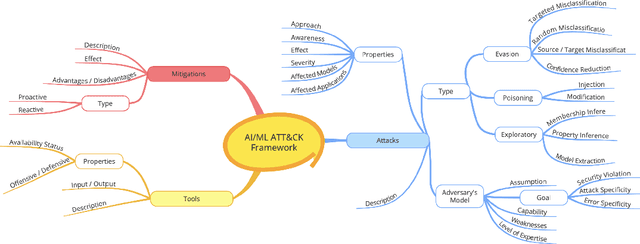
Abstract:Software systems are increasingly relying on Artificial Intelligence (AI) and Machine Learning (ML) components. The emerging popularity of AI techniques in various application domains attracts malicious actors and adversaries. Therefore, the developers of AI-enabled software systems need to take into account various novel cyber-attacks and vulnerabilities that these systems may be susceptible to. This paper presents a framework to characterize attacks and weaknesses associated with AI-enabled systems and provide mitigation techniques and defense strategies. This framework aims to support software designers in taking proactive measures in developing AI-enabled software, understanding the attack surface of such systems, and developing products that are resilient to various emerging attacks associated with ML. The developed framework covers a broad spectrum of attacks, mitigation techniques, and defensive and offensive tools. In this paper, we demonstrate the framework architecture and its major components, describe their attributes, and discuss the long-term goals of this research.
Learning to Recommend Third-Party Library Migration Opportunities at the API Level
Jun 07, 2019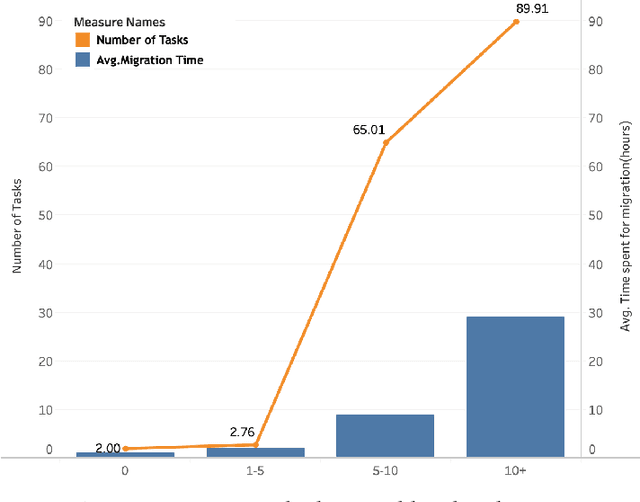
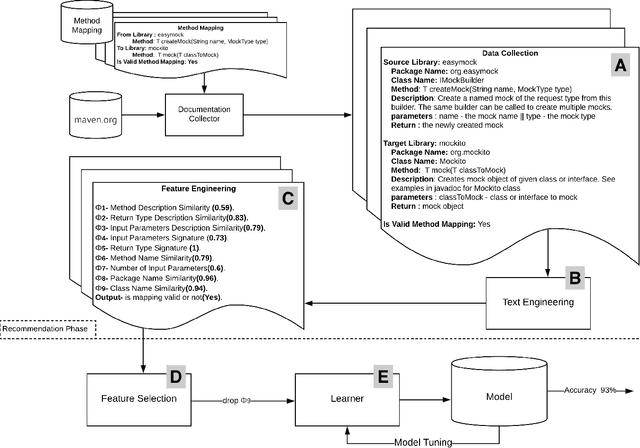
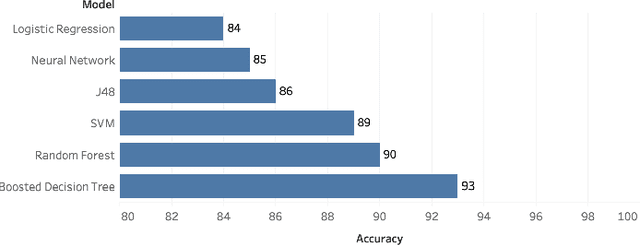
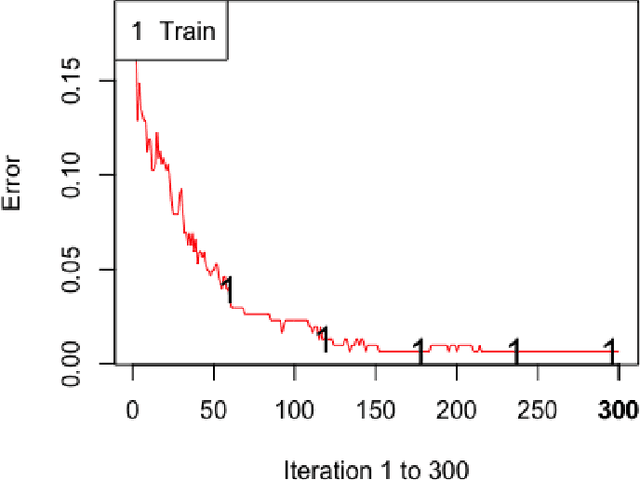
Abstract:The manual migration between different third-party libraries represents a challenge for software developers. Developers typically need to explore both libraries Application Programming Interfaces, along with reading their documentation, in order to locate the suitable mappings between replacing and replaced methods. In this paper, we introduce RAPIM, a novel machine learning approach that recommends mappings between methods from two different libraries. Our model learns from previous migrations, manually performed in mined software systems, and extracts a set of features related to the similarity between method signatures and method textual documentation. We evaluate our model using 8 popular migrations, collected from 57,447 open-source Java projects. Results show that RAPIM is able to recommend relevant library API mappings with an average accuracy score of 87%. Finally, we provide the community with an API recommendation web service that could be used to support the migration process.
 Add to Chrome
Add to Chrome Add to Firefox
Add to Firefox Add to Edge
Add to Edge